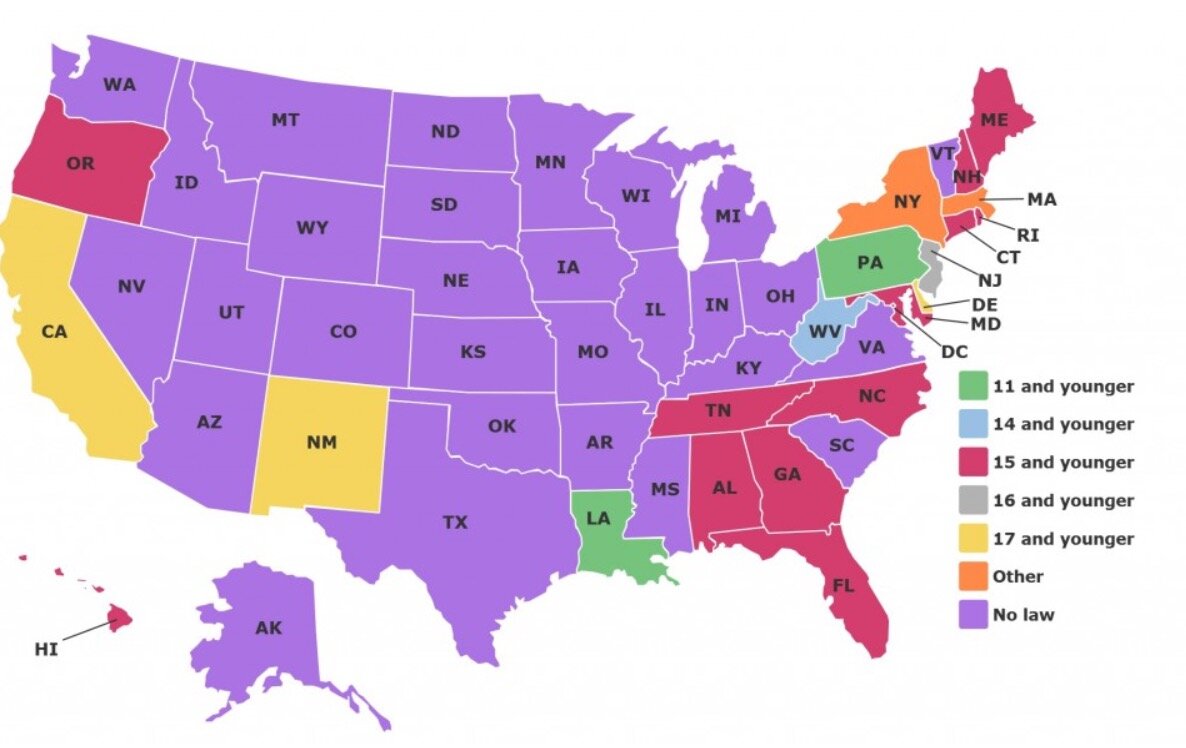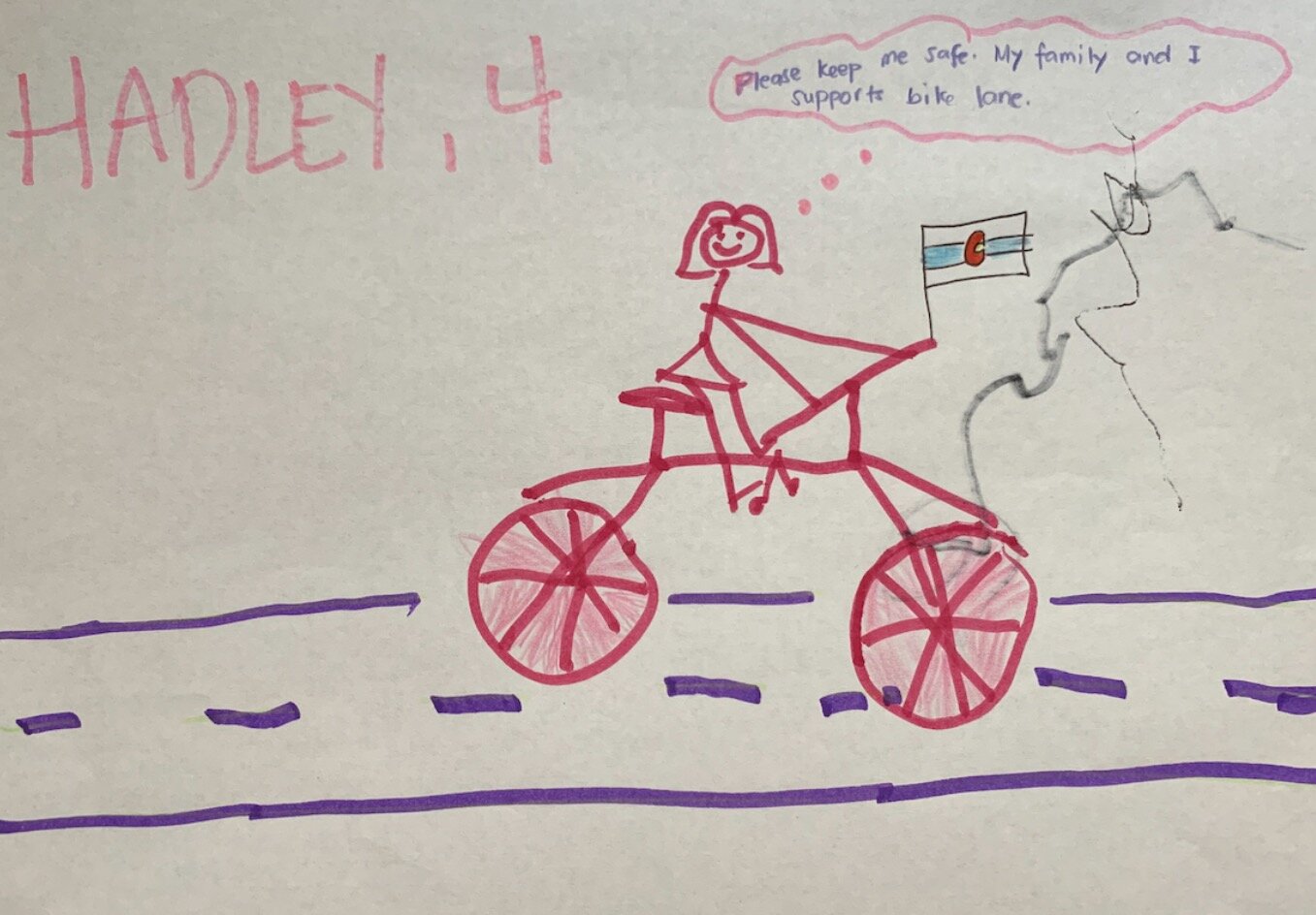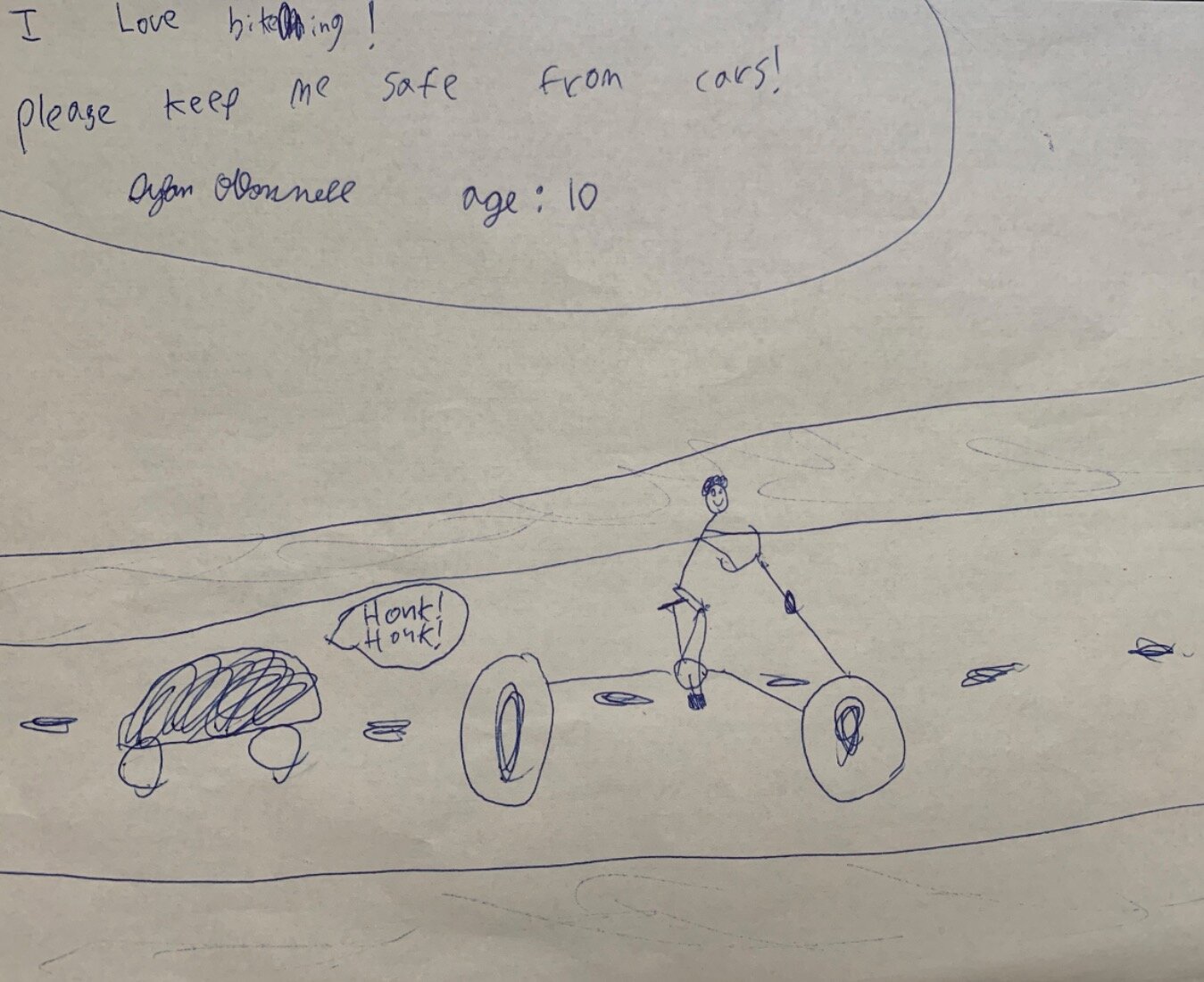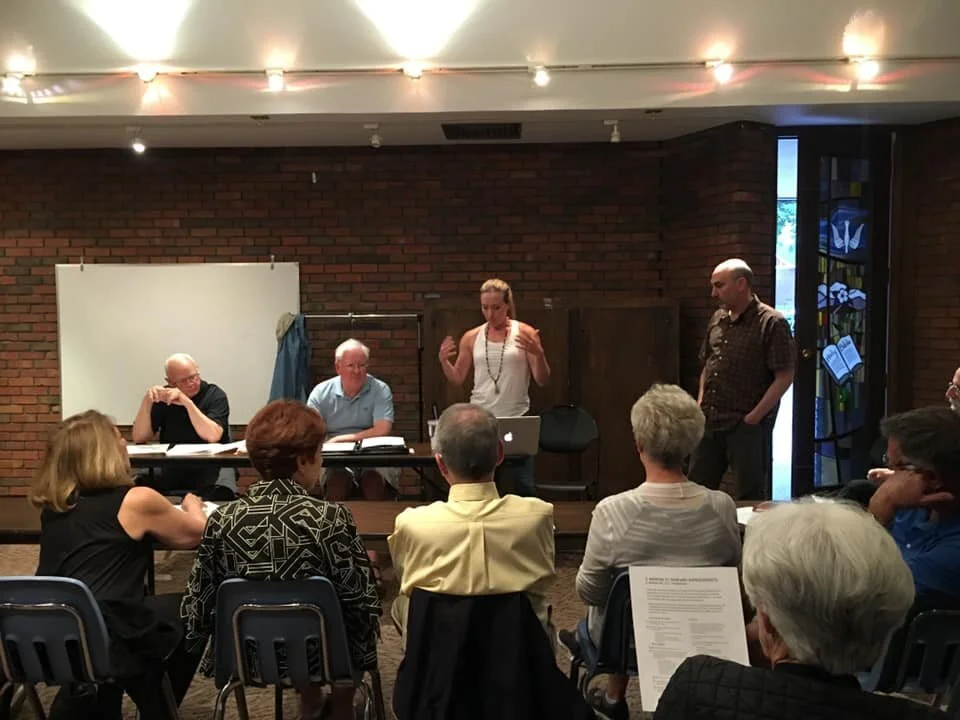Make the Pledge to End Distracted Driving
“Driving is not a multitasking activity. It takes visual, physical and cognitive awareness.The visual is your eyes on the road, the physical is your hands on the wheel, and the cognitive is your awareness of what’s going on around you, and if you’re messing with an electronic device while you’re driving, probably all three of those are off the table.” (CDOT Victim Testimonials)
Let’s face it; we have all been distracted drivers at some point in our driving careers. Recognizing the behaviors that lead to distracted driving are the beginning of putting an end to it, and hopefully, a decline in collisions and injuries to vulnerable road users. Distracted driving is 100% preventable.
While distracted driving is most often associated with cell phone use such as texting, reading messages or talking on a hand-held phone while driving, distracted driving behavior is also looking down from the road while changing radio stations, eating or drinking, having a conversation with a passenger, or even admiring the landscape. When you take your focus away from the road and your attention is diverted away from other cars, bicycles, or pedestrians, you are distracted. It just takes a second for a distracted driver to change someone’s life permanently. Sadly, distracted drivers have struck far too many of our clients.
Whatever it is, the way you tell your story online can make all the difference.
In Colorado, forty two crashes per day involve distracted driving according to the Colorado Department of Transportation (CDOT). Despite a rising number in injuries and crashes, a survey of Colorado drivers in 2020 revealed that 92% admitted to driving distracted on a weekly basis, which is an increase from the 90% reported in 2019. CDOT also reported that drivers ages 21-30 make up the largest category for at-fault distracted drivers in Colorado.
We joined/are joining CDOT as well as other safety partners in conjunction with April Distracted Driving Awareness Month (and beyond!) to help raise awareness of the dangers of distracted driving and to share CDOT’s messages..
As part of its Distraction Reactions campaign, CDOT is asking drivers to reconsider their behavior behind the wheel. Forty eight coffee shops throughout the state will serve coffee in cups warning about the dangers of distracted driving.
CDOT’s distracted driving safety messages on social media are urging Coloradans to #DropTheDistraction and #JustDrive. When you are behind the wheel, all other tasks can wait. It’s not worth the risk.
As a reminder, the laws in Colorado are:
No text messaging while driving for any age group.
Only adults are allowed to make voice calls.
Anyone under the age of 18 is not allowed to use a cell phone while driving.
There are, of course, exceptions to the law under certain circumstances. Drivers, regardless of age, are allowed to use a cell phone to either call or send/receive text messages to a public safety entity or during an emergency.
Current penalties for the misuse of a wireless device are as follows:
According to CDOT, deterrents to distracted driving include:
Whatever it is, the way you tell your story online can make all the difference.
Hands-free features,
Safety concerns,
Expectation of getting a ticket, and
Blocking calls and messages.
However, in a recent survey from CDOT, a majority of respondents reported having a “Do Not Disturb While Driving” feature on their phone, but half had never used it. If you would like to learn how to activate the “Do Not Disturb” option on your phone, please visit DISTRACTED.CODOT.GOV.
Here's our Call to Action for Cyclists:
If cyclists driving cars cannot put down their own phones, how can we ask motorists who ARE NOT cyclists to do so? We cannot lambaste "those motorists" for driving distracted while exhibiting the same behaviors. It always helps our causes and battles when we can say cyclists are doing everything we can as a group to improve our own conduct.
We have more information on distracted driving and what you can do to make the roads safer for all users in our blog post Take the Pledge: April is Distracted Driving Awareness Month. Don’t put others at risk. Put your mobile electronic devices down while driving or just turn them off.
Visit CDOT's distracted driving page for more information about the campaign and to view testimonials given by victims of distracted driving.

























































